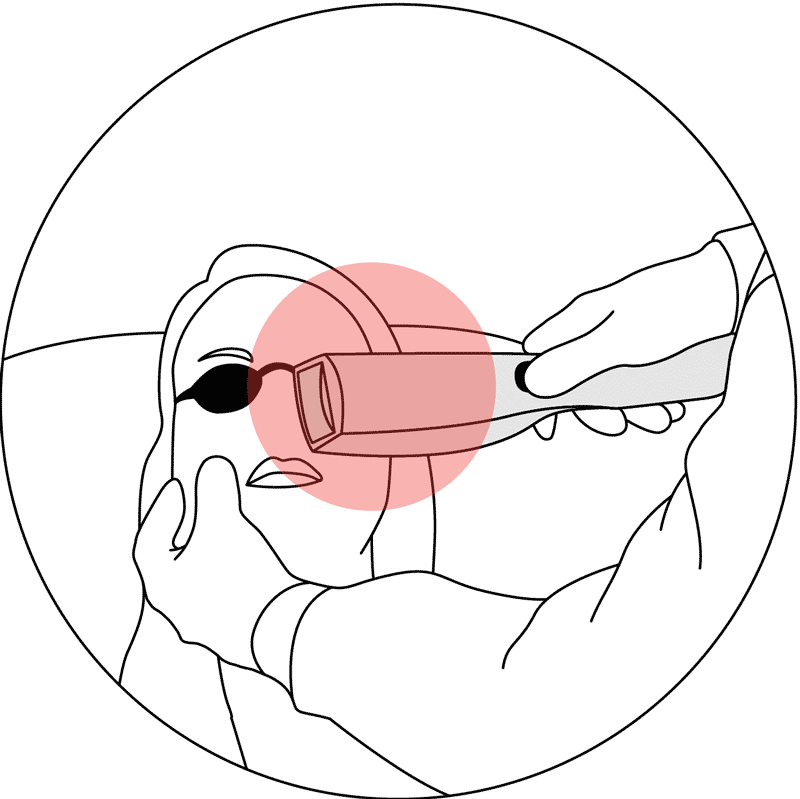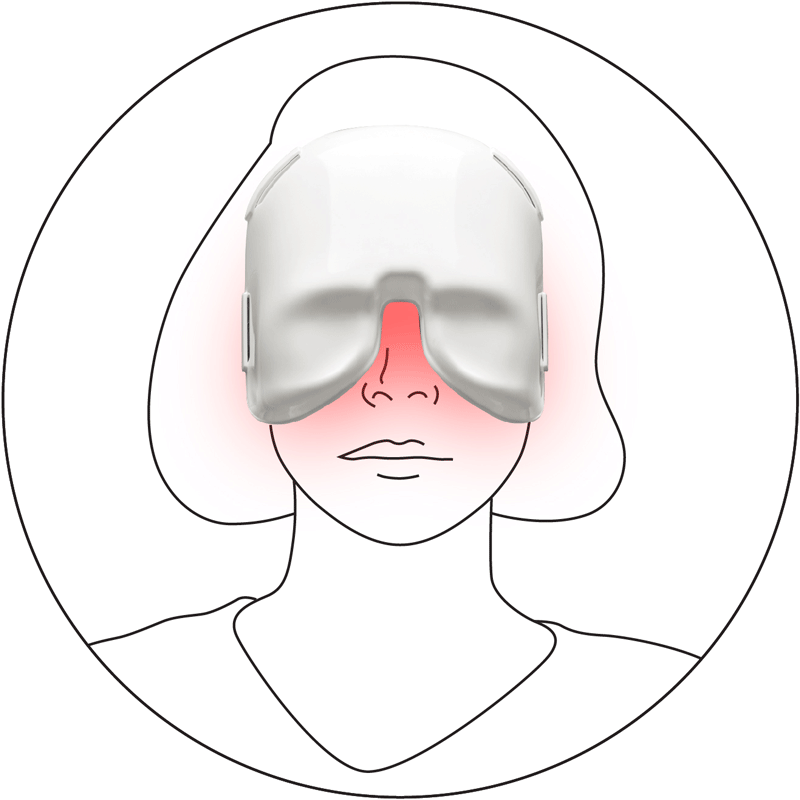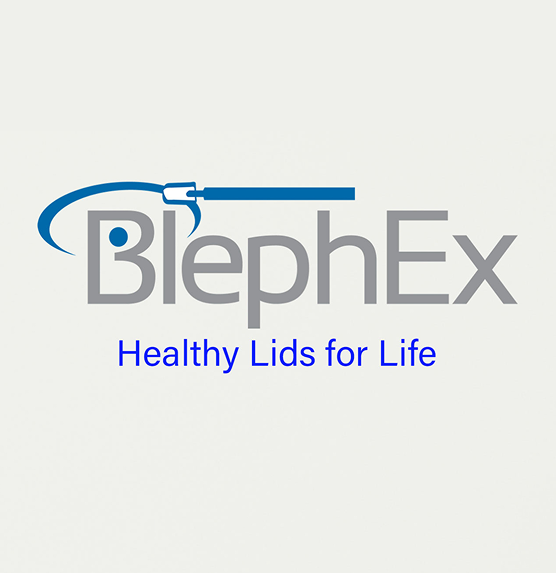Dry Eye Spa
Dry, Irritated or Watery Eyes? You're Not Alone...
Many people living with dry, irritated, or watery eyes don’t realise that effective management options are available. In fact, a significant number of Australians mistakenly believe that nothing can be done to improve their symptoms. But dry eye is a common and manageable condition. With the right approach, it’s possible to relieve discomfort, improve tear quality, and reduce flare-ups. If you’ve been told to just live with it, it might be time for a second opinion.

Your 5 Step Journey
Discover how we help assess, manage and support dry eye symptoms with a structured, personalised approach.
Step 1.
Book an Assessment
Start with an initial Dry Eye Assessment, no referral needed. This comprehensive consultation will include relevant testing to help identify contributing factors.
A portion of the assessment is covered by Medicare, with an out-of-pocket cost of approximately $36.
Step 2.
Diagnosis
During your assessment, your optometrist will carry out targeted tests to determine the underlying causes of your dry eye symptoms.
This step is important in tailoring the most appropriate care for your needs.
Step 3.
Personalised Action Plan
Based on your results, your optometrist will create a personalised management plan. This may include specific strategies to help reduce symptoms and improve your comfort.
Step 4.
In-Clinic and At-Home Support
If you have mild symptoms, at-home options such as warm compresses or eye drops may be recommended.
For more persistent or complex cases, your optometrist may suggest in-clinic treatments using advanced dry eye technology as part of your ongoing care plan.
Step 5.
Take the next step in managing your dry eyes
Book a consultation to better understand your dry eye symptoms and explore suitable treatment options tailored to your needs.
What is Dry Eye?
Dry eye is a common condition that occurs when your eyes don’t produce enough tears, or when the quality of your tears doesn’t keep the surface of the eye adequately lubricated. This can lead to symptoms such as irritation, redness, stinging, or a gritty sensation.
Tears play a vital role in maintaining eye health by keeping the surface of the eye smooth, protecting against infection, and helping to wash away dust and debris. When this balance is disrupted, it can affect both comfort and visual clarity.
What are the Symptoms of Dry Eye?
Not everyone experiences dry eye in the same way. Symptoms can vary in type and severity, and may come and go throughout the day.
If you’re experiencing any of the following, you may be affected by dry eye:
• A stinging, burning, gritty, or scratchy feeling in your eyes
• Stringy discharge or mucus around the eyes
• Sensitivity to wind, smoke, or dry environments
• Tired or fatigued eyes, especially when reading or using a screen
• Sensitivity to light (photophobia)
• Redness or inflammation of the eyes
• A feeling like something is in your eye (foreign body sensation)
• Discomfort when wearing contact lenses
• Excessive tearing or watery eyes at times
• Blurred or fluctuating vision, especially at the end of the day or after extended focus
If these symptoms sound familiar, a dry eye assessment can help identify the cause and explore personalised options for relief.
What are the Causes of Dry Eye?
Dry eye can be caused by a range of factors that reduce tear production or affect tear quality. These include:
• Ageing – Tear production tends to decrease naturally as we get older
• Hormonal changes – Especially around menopause
• Screen use – Prolonged time on digital devices can reduce blink rate
• Medical conditions – Such as autoimmune diseases (e.g. rheumatoid arthritis), thyroid disorders, and diabetes
• Medications – Including oral contraceptives, antidepressants, antihistamines, beta-blockers, diuretics, and retinoids
• Environmental conditions – Like wind, air conditioning, dry indoor air, or low humidity
• Irritants – Such as cigarette smoke, dust, or chemical exposure
• Eyelid issues – Including blepharitis (inflammation of the eyelids), ectropion (outward turning of the eyelid), or previous trauma to the eye
• Infrequent or incomplete blinking – Often associated with concentrated tasks or screen time
• Previous eye procedures – Including laser vision correction or cataract surgery
Understanding what may be contributing to your symptoms is the first step in tailoring a treatment or management plan that suits your individual needs.
Dry Eye Treatments
Managing dry eye starts with understanding the underlying cause of your symptoms.
At your initial assessment, an optometrist will examine your eyes and create a personalised treatment plan designed for your specific type of dry eye.
At-home support may include:
• A tailored dry eye relief pack for home use
• Recommended over-the-counter or prescription lubricating eye drops
• Specific tear supplements based on your individual eye needs

IPL – Optimal Power Energy®
Intense Pulsed Light (IPL) therapy, also known as Optimal Power Energy®, is a non-invasive light treatment used to support the management of certain types of dry eye. It works by delivering brief pulses of light to targeted areas of the skin, helping reduce inflammation around the eyelids and supporting the natural function of the meibomian glands.
IPL may be recommended when inflammation is contributing to dry eye symptoms. It is usually performed as a series of sessions, with the number and frequency tailored to your condition.
IPL is not suitable for all patients. Your optometrist will assess whether this treatment may be appropriate for you.
Light Modulation® Low Level Light Therapy (LM® LLLT)
Light Modulation® LLLT is a form of low-level red light therapy designed to help support the management of dry eye by gently warming the eyelid tissues. This can aid in meibomian gland function and reduce discomfort associated with some types of dry eye.
This treatment is non-invasive and may be used on its own or as part of a broader management plan. It is often delivered over a short series of in-clinic sessions, with your optometrist guiding whether it may benefit your condition.


BlephEx Treatment
BlephEx® is an in-clinic procedure used to support the management of dry eye and blepharitis. It works by gently exfoliating the eyelid margins to help remove debris, bacteria, and biofilm that can build up over time and contribute to inflammation, irritation, and dryness.
During treatment, your optometrist will use a specialised handheld device to clean the base of your eyelashes and eyelid margins. This helps reduce symptoms associated with eyelid inflammation and supports ongoing eyelid hygiene as part of your dry eye management plan.
The procedure typically takes 10 to 20 minutes and is generally well tolerated. Some patients describe a tickling sensation during treatment. Your optometrist may recommend BlephEx® every 6 to 12 months depending on your symptoms and treatment response.
Punctal plugs
Punctal plugs are one option used to help manage dry eye symptoms. They work by conserving the eye’s natural tears and reducing tear drainage, which can assist in maintaining moisture on the eye’s surface.
Your optometrist will assess whether punctal plugs may be appropriate for your condition. If recommended, a plug is gently placed into the tear duct (punctum) using a specialised applicator. The eye area is cleaned and anaesthetic drops may be used to ensure comfort during the procedure.
The type and size of the plug are selected based on your individual needs. In most cases, punctal plug insertion is a quick, in-clinic procedure designed to complement other forms of dry eye management.

Start your dry eye care journey today
Wondering if dry eye treatment is right for you?
Book an initial assessment or speak with our experienced team to learn more about your options.
We’ll help you understand what’s causing your symptoms and how they may be managed.
"*" indicates required fields